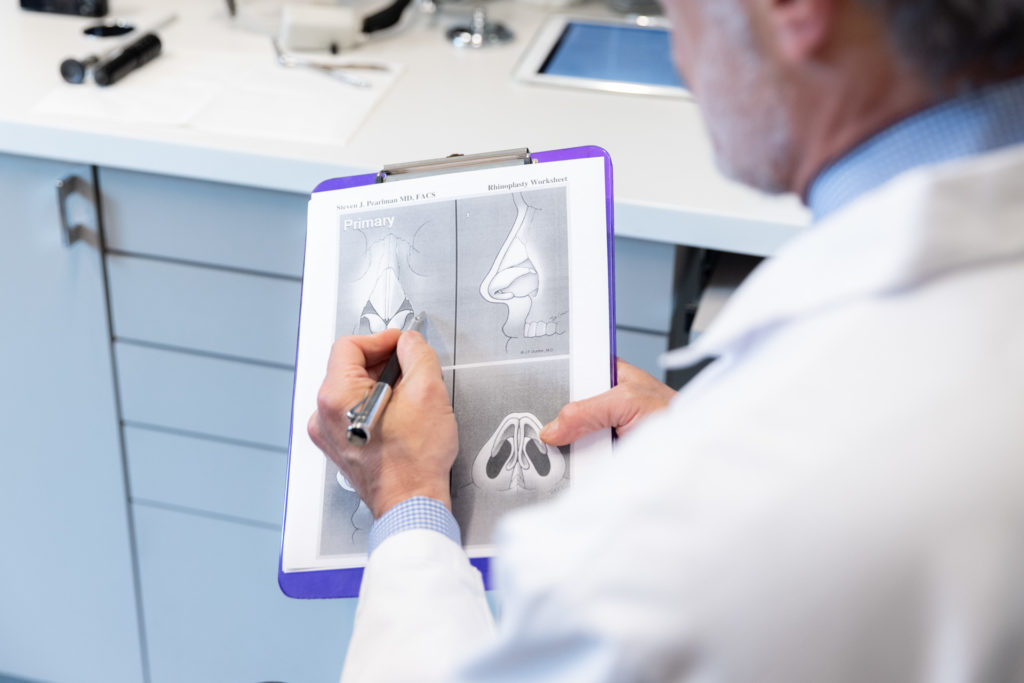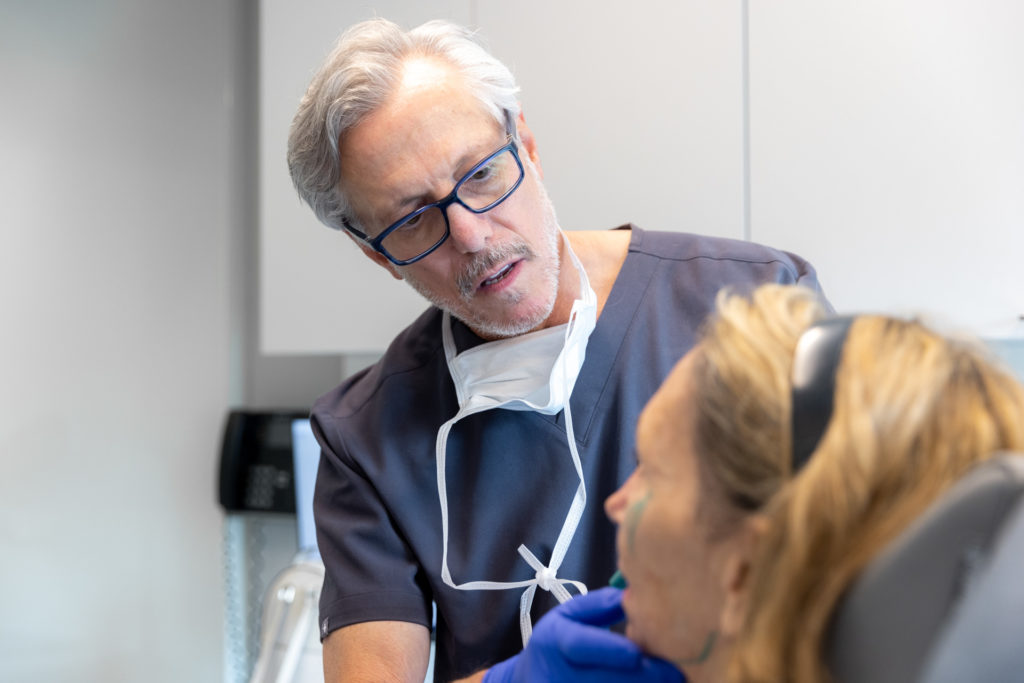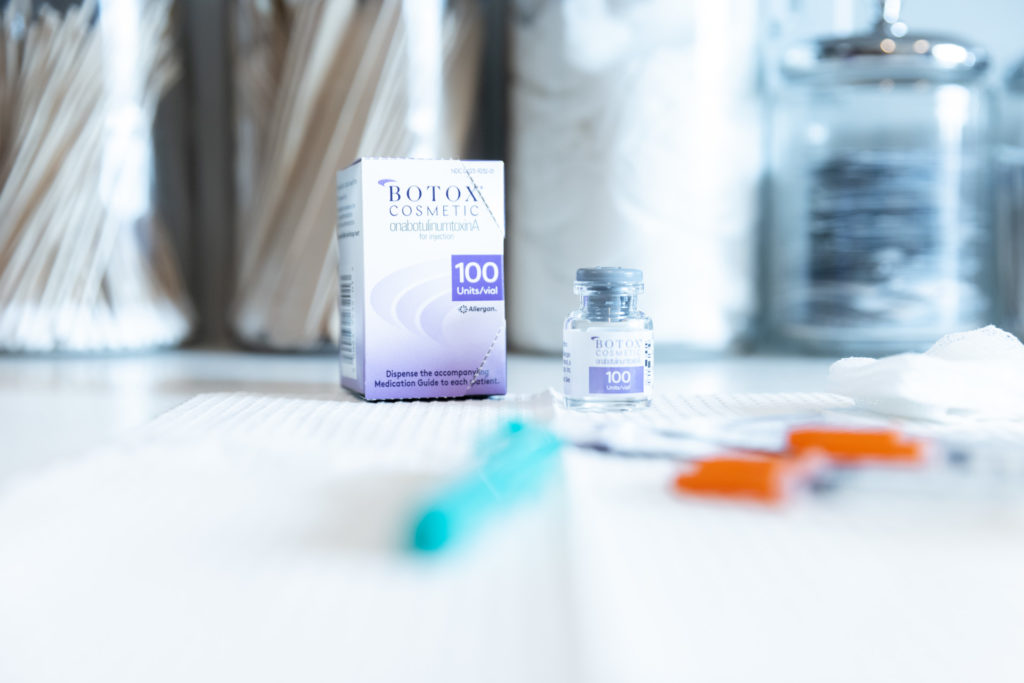
THE NEW FLEXIBLE PDS PLATE IS A GREAT TOOL FOR DIFFICULT REVISION RHINOPLASTY, SEPTOPLASTY AND EVEN FOR CHILDREN WITH SMASHED NOSES
In November, I blogged about my initial experience with the newly approved flexible PDS plate for a difficult revision nasal septoplasty. That patient is now three months post op and doing very well. He is breathing much better after I performed his third (my first for him) septoplasty.
Last month I operated on the 6 year old I talked about in that blog; I will call him “N.” N is a cute, energetic little boy who just can’t stop smiling. He smashed his nose at Yankee stadium last summer. He had severe swelling inside his nose that looked like a hematoma. Nasal septal hematoma is one of the very few emergencies you can have that accompanies a broken nose. Blood collects and swells the inside of the nose. If the blood is not removed quickly, the nose can collapse. So, a colleague brought N to the operating room under the assumption N had a hematoma. What the surgeon found was that the cartilage was so damaged that it was zigzag with portions lying horizontally instead of vertically, mimicking a hematoma. However, due to severe alteration of his nasal septum his nose collapsed anyway, despite the rapid care he received. This doctor subsequently referred N to me for revision surgery.
After allowing the nasal cartilage to heal, I operated on N in early December. Externally his nose had collapsed and what we call a “saddle” nose. This may be subtle I the photos but would get exaggerated as he grows. When I opened up his nose, I found pieces of septal cartilage pointing in every direction and parts overlapping. I used the flexible PDS plate to rebuild his nasal septum and restore a natural nasal profile. That was accomplished by actually removing the entire nasal septum and rebuilding it on a back table using the flexible PDS plate as a template hold the fragments straight. Because the cartilage was partially destroyed, I also used some cartilage from the flat part of his ear (so it would not show any deformity whatsoever after healing) to fill in missing pieces.
The new septum was stitched back into place and the remaining middle third cartilage (called the upper laterals) and the tip cartilages were elevated and sewn to the newly repaired septum at the restored height. This has been commonly used by rhinoplasty specialists in Europe for many years but is still very new in the U.S. since flexible PDS plate use was only FDA approved in September 2010.
N is doing extremely well. He and his parents report much better breathing and he is no longer snoring at night. N also says that he can smell everything better.




